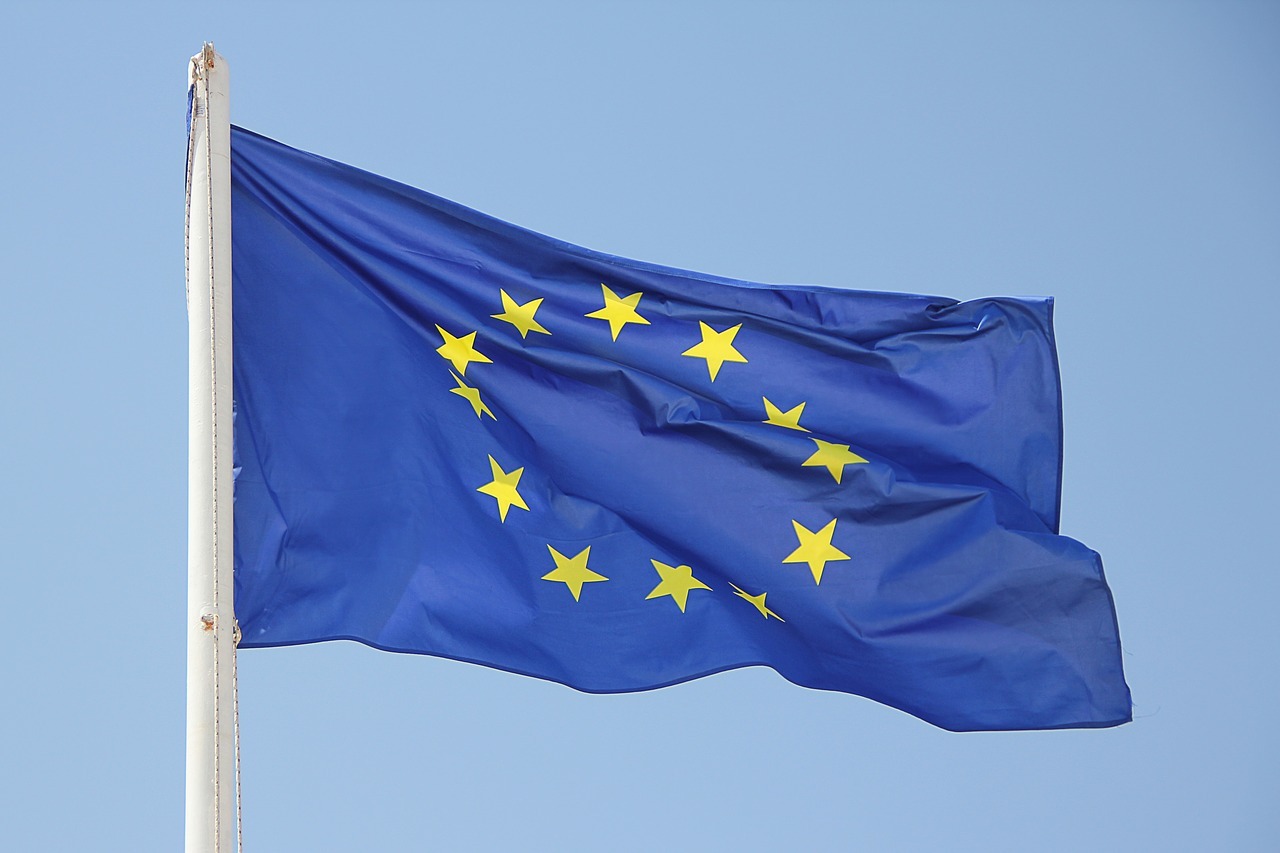

Europe has emerged as the dominant region in crypto banking, with 55 banks offering digital asset services. This number surpasses both North America and Asia, demonstrating how quickly the region is integrating crypto into traditional financial systems. Banks such as SEBA Bank, Bank Frick, and Revolut offer services ranging from crypto custody and trading to staking and tokenization.
The strong growth of crypto-friendly banks in Europe is largely driven by the Markets in Crypto-Assets (MiCA) legislation. This regulatory framework provides clear guidelines for banks and financial institutions working with digital assets. Unlike the United States, where regulation is still unclear, and Asia, where legislation is still developing, Europe has created a stable and predictable environment in which crypto services can thrive.
Countries such as Germany, Switzerland, and Lithuania have not only developed regulations that encourage crypto banking, but have also implemented favorable tax measures. For instance, Germany applies a 0% tax rate on crypto profits for long-term investments, making the country particularly attractive for investors.
In addition, digital banks such as Revolut, N26, and Fidor have quickly jumped on the crypto bandwagon. Their flexibility allows them to offer crypto integrations faster than traditional American banks, which remain cautious due to stricter regulations.
Despite its leading position, Europe faces challenges such as price volatility, fraud, and strict AML and KYC laws. Regulators need to find a balance between safety and innovation, so the sector can continue to grow without excessive restrictions.
With MiCA fully operational by 2025, Europe is likely to maintain its dominant position. However, competition from Asia may increase as countries there refine their regulations. If Europe wants to maintain its leading position, it must continue to innovate and effectively manage risks in the ever-changing digital financial landscape.